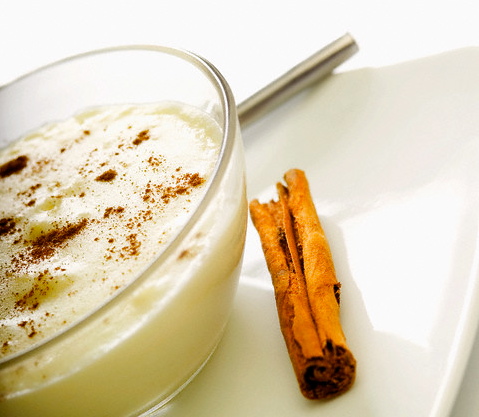It’s Thursday again, and hopefully after four delicious Turkish recipes you still have room for some dessert! For one last time during this Turkish Series, my friend Ceren from Istanbul suggested Sutlac Dessert, nothing less than rice pudding with a hint of vanilla and cinnamon. The very first bite of it will awaken your childhood memories, the sweet smell of vanilla and cinnamon will bring you back to those after school afternoon filled with homework when either mom or grandma would cheer you up with a chilled, creamy rice pudding.
One of the favorite Ottoman desserts, which at the time was usually flavored with rose-water, Sutlac Dessert is still a very popular home made dish, as well as a dessert you can often find on restaurant menus.
On the note of such a simple yet ethereal treat, we must now say goodbye to our Turkish Series. We hope you enjoyed it and stay tuned for more recipes from around the world to come!
Ingredients:
1 liter of milk (plus an extra 1/2 cup for mixing the starch)
1/2 a cup of rice
1 cup of sugar
1 tablespoon of starch
1/2 a package of vanilla
1 teaspoon of cinnamon
Clean the rice and boil slowly in 1 cup of water. Add milk and boil for 10 more minutes. Add sugar and stir until it dissolves.
Mix the starch with half a cup of milk ad then add it into the rest of the milk and rice mixture. Bring to a boil then remove from heat and add in vanilla. Cover and let sit for 10 minutes.
Pour into serving bowls while it is still warm. Sprinkle cinnamon on top once it has cooled.
Note: if desired make sutlac in the oven during directions 1-3
if desired mix starch with 2 eggs and 1 cup of milk before adding it to the milk and rice mixture.then add in vanilla.
If desired put the pudding into oven safe bowls and set on a tray with water in it then put bowls in the oven,and use overhead heat to toast the tops of the pudding.
~Enjoy!





